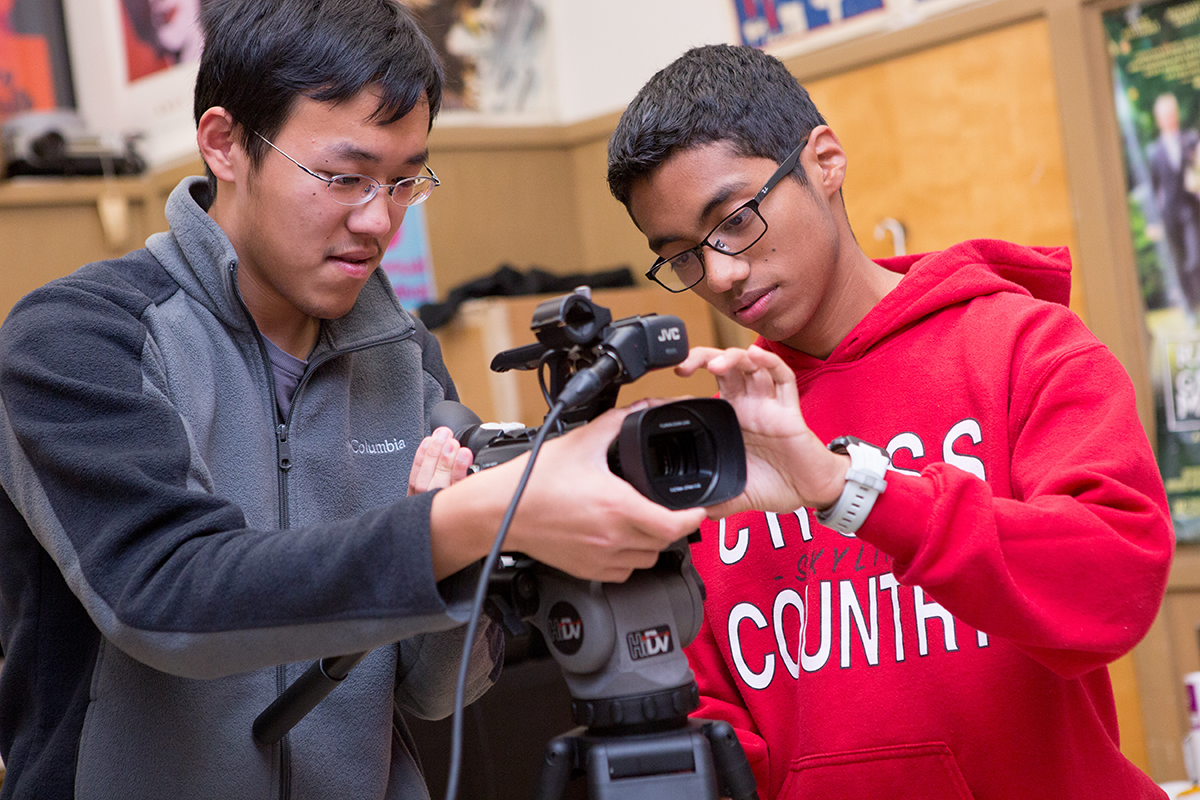CDE will be closed on Friday, July 4, 2025, for the Independence Day holiday.
You are here
Competitive Integrated Employment is an Essential Goal
Competitive Integrated Employment
Competitive Integrated Employment (CIE), real work for real pay, is the expected outcome for transitioning students with disabilities. As the interagency team works with students, the employment options should be individualized and align with a students’ interests, preferences, skills, and support needs and, when possible, with the labor market needs of businesses.
As families, schools, VR and other partners plan and engage in transition planning with students, it is important to understand that individual needs and employment goals will be different for each student, just as they would be for a nondisabled student. By making the connection between students’ interests, skills, and preferences with business needs, good job matches can be brokered so that employment is a mutually beneficial outcome for both the student and business.
CIE should be a realistic and desirable expectation for all students regardless of disability or needed accommodations or support.
Customized Employment
When student characteristics do not line up with typical business needs, customized employment should be considered. Customized employment is a way of personalizing the employment relationship between a job candidate and an employer to meet the needs of both. The student's skills, interests and needs are identified in a process of "discovery," and job content and environment are tailored to these in a process of negotiation.
The discovery process can be significantly enhanced through work-based learning opportunities. Job location, work hours, task timing and assigned duties are determined in a way that produces a fit between what the student brings to the job and what the employer needs done.
Customized employment, which includes self-employment, allows students with the most significant disabilities to work in regular business environments without the need for the segregated or congregate work models of the past.
Some students who find it challenging to learn job tasks may also benefit from the use of formal systematic instructional approaches.






Connect With Us





